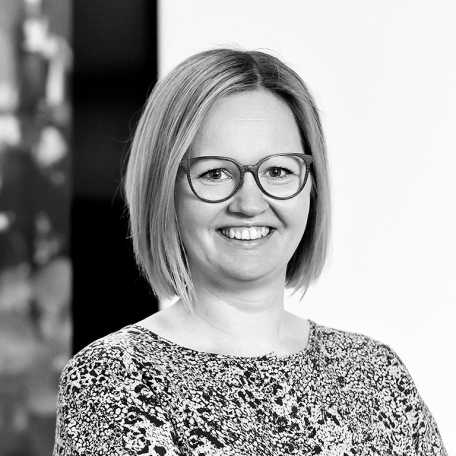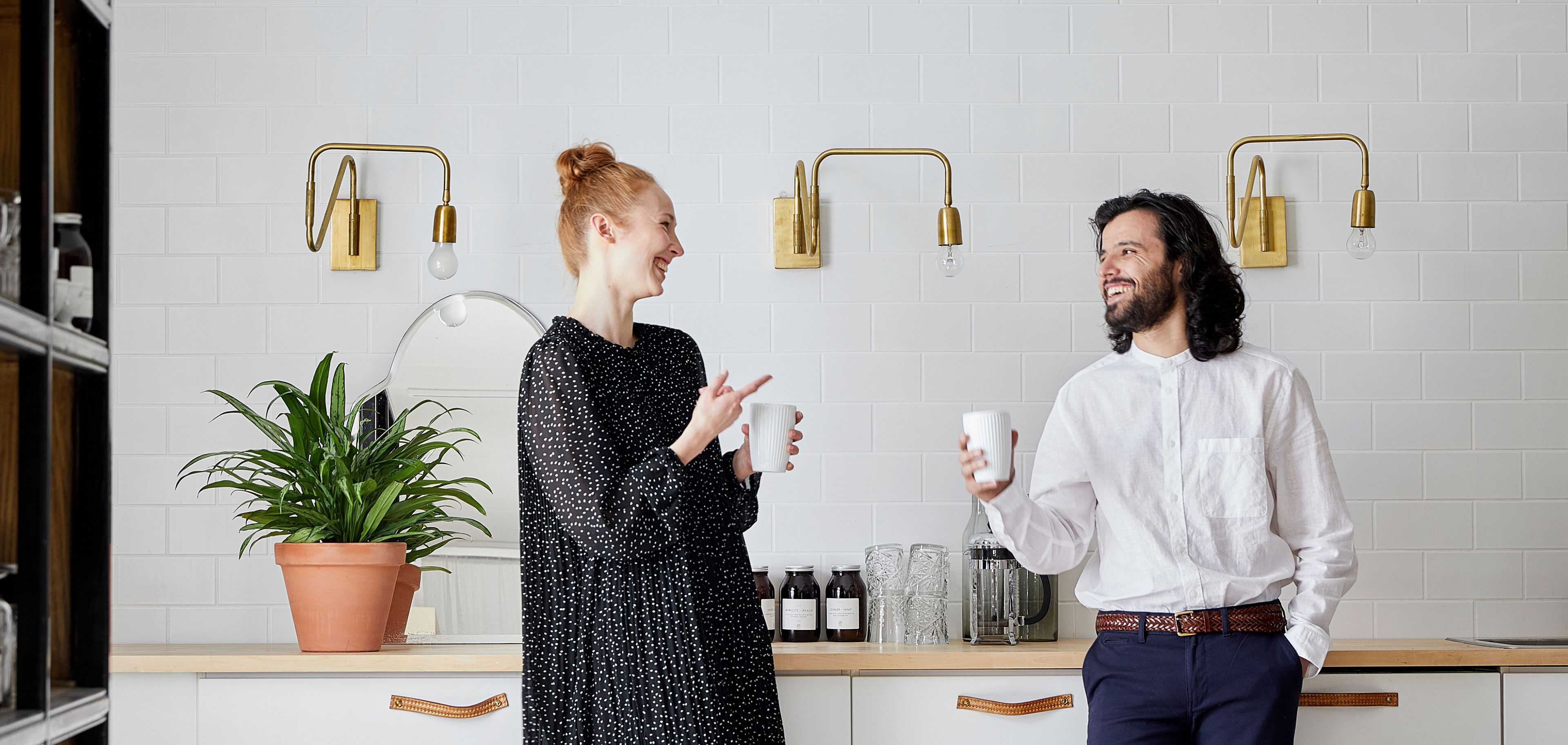Blog
Balancing the office
It looks like remote work has become a permanent alternative to working at the office. It is likely that the role of the office and balanced office plans that best support that role have changed permanently. But how can we find a new balance? In our previous blog post we talked about balancing the workweek.
This time, we are looking for a way for offices to respond to this change.
- Identify the role that the office plays: The office used to be a place where people came together to perform all the various tasks, but most of the space was reserved for individual work and personal workstations. If working remotely will continue, and it likely will, individual work is what will most probably be done at home. In the future, how much space is needed for individual work? This will depend on remote work guidance, the actual amount of remote work, how big a part individual work plays, organisational culture and the readiness to use space flexibly together.
- Find the right balance: An office must offer space for all work tasks in the future, too. Tasks can be roughly categorised into: those that demand concentration; creative collaboration, which includes workshops and other collaboration in groups; remote and present interaction; and relaxed encounters.
In many offices the utilisation of workstations was low even before remote work became a recommendation, with almost half of the workstations being unused (Rapal Optimaze Workplace Review 2020). If people will work remotely from two to three days per week on a permanent basis, there will probably be too much space for individual work at the office. In contrast, there was too little space for collaboration and interaction in many offices even before the coronavirus pandemic. If the reason why people come to the office is collaboration, then a new balance of facilities is needed.
Provide: Create small spaces that are readily available for withdrawal, or negotiation modules for quick and remote one-on-one meetings. Create a cosy and comfortable meeting place by the entrance for random encounters. Turn open space into pleasant and versatile space where everyone can easily find a place for themselves. Make sure that there are enough spaces for negotiation and that they are comfortable and support remote interaction.
Give up: Free up individual rooms for common use if their utilisation is low. Reduce the number of workstations in open areas and stop using personal workstations if staff will continue working remotely part of the time. Reduce compartmentalisation of staff based on organisational structure. In other words, turn the office into a flexible activity-based office but make sure there are enough different kinds of space and places where you can withdraw when you need peace. - Make use of the potential in the workplace: Space guides work and organisational culture unconsciously. A comfortable office will attract people and promote collaboration. An office can also, without us realising it, demonstrate hierarchies and limit potential. Even when modifying office space, management can lead the way and set an example. An office can also reinforce the employers’ image and support the company’s brand.
- Try without one-off investment: Nowadays, even workplaces are available as flexible services. So, re-evaluate the use of space and its costs, and if you identify an imbalance, give change a chance. Experiment and develop, don’t be afraid of mistakes and keep pressing ahead. Find dependable partners if you are venturing into new territory.
We are more than happy to help if you would like to exchange ideas on how to get started on launching your employees’ new way of working.

Kristin Breitenau, Workplace Development Manager, Martela Sweden
kristin.breitenau@martela.com
+46 72 553 9477
+46 72 553 9477

Miia Leppänen, Workplace Specialist, Martela Finland
miia.leppanen@martela.com
+358 50 556 2783
+358 50 556 2783
In their work, our workplace consultants utilise data collected from numerous work environments and best practices to create the optimal work environment for each organisation. With the help of our experts, you ensure a successful change process that is also prepared for future changes.
Meet our workplace consultants!
Meet our workplace consultants!
